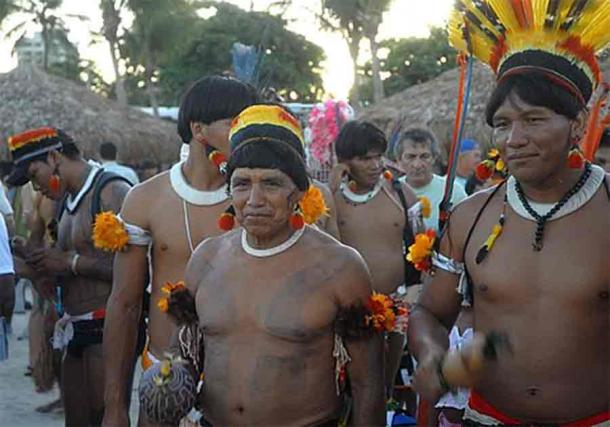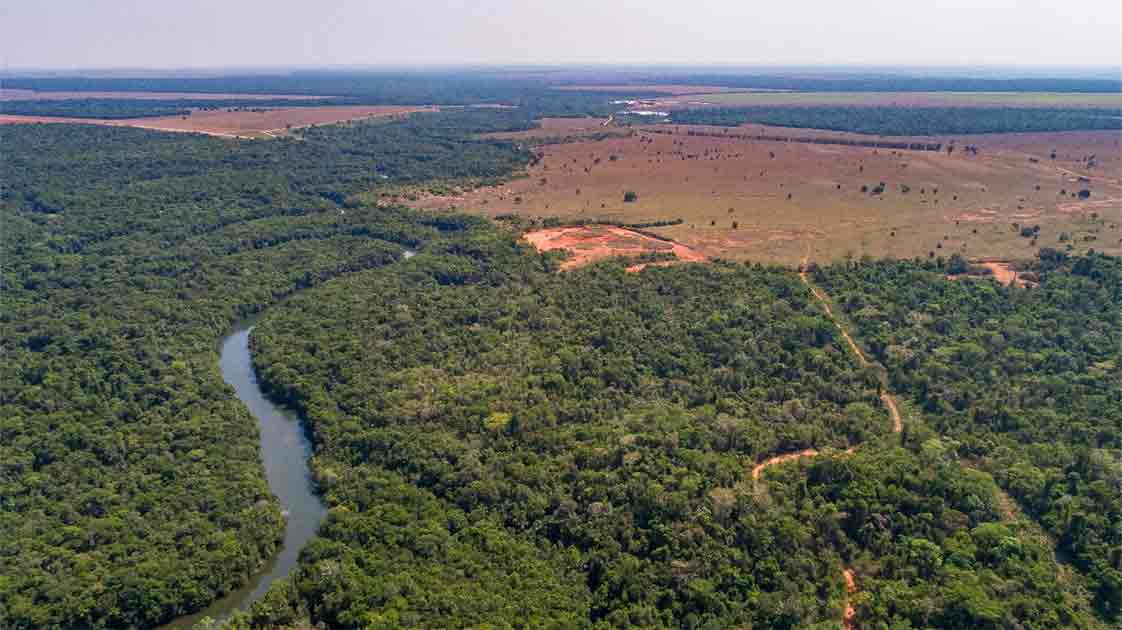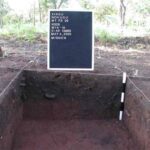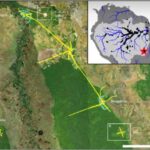In a groundbreaking study published in Sciences Advances, researchers shed light on the sophisticated agricultural techniques of ancient Amazonian civilizations. Among the most intriguing discoveries is the intentional creation of a fertile dark earth, known as ‘terra preta’, by these ancient inhabitants.

Unraveling the Mystery
Led by researchers from MIT, the University of Florida, and institutions in Brazil, the study focused on the Kuikuro Indigenous Territory in the Amazon. Here, the team uncovered evidence of deliberate modifications to the environment around ancient human settlements, leading to the formation of terra preta.
Intentional Agricultural Practices
Contrary to the highly acidic and nutrient-poor nature of Amazonian soil, ancient Amazonians devised sophisticated agricultural methods to enhance soil fertility. One such technique involved the establishment of centralized waste accumulations, known as middens, which enriched the soil over time, supporting crop cultivation.
Evidence from the Field
Through soil analysis and fieldwork within the Kuikuro Indigenous Territory, researchers identified radial patterns of dark earth deposits, primarily located at the centers of both contemporary and historic settlements. These deposits contained high levels of essential nutrients, such as carbon and phosphorus, crucial for plant growth.

Evolution of Indigenous Agriculture
The age and distribution of these soil deposits provide insights into the evolution of ancient indigenous civilizations in the Amazon. Dating back approximately 5,000 years, the oldest layers of terra preta indicate early agricultural practices. Around 4,000 years ago, there was a significant increase in the production of Anthropogenic Dark Earths (ADEs), signaling cultural changes and heightened activity.
Impact of Colonialism
However, around 500 years ago, a disruption occurred in ADE production, coinciding with the arrival of European colonizers in the Americas. The devastating impact of colonization, including violence, introduced diseases, and forced labor, led to a decline in indigenous populations and agricultural practices.
Lessons for Climate Change Mitigation
Despite this decline, the legacy of ancient Amazonian agricultural practices remains relevant today, particularly in the context of climate change mitigation. The carbon-rich nature of terra preta serves as a potent carbon sink, locking away carbon in the soil for extended periods, offering valuable lessons for contemporary agricultural strategies.

Conclusion
The study underscores the ingenuity of ancient Amazonian civilizations in harnessing their environment to sustain agricultural livelihoods. By unraveling the mysteries of terra preta, researchers not only shed light on the past but also offer valuable insights for addressing present-day environmental challenges.












